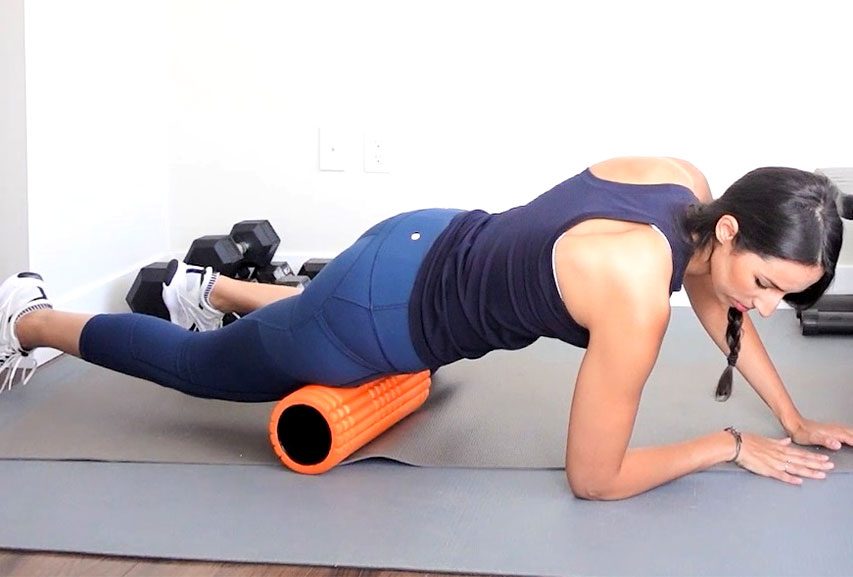
Iliac Psoas: How to do myofascial activation
Share
The iliac psoas is one of the most important muscles for human movement, but also one of the most neglected. It shortens easily with a sedentary lifestyle and can cause lower back and hip pain, or even affect posture. Myofascial activation is a powerful tool for releasing accumulated tension and restoring its function.

In this article, we explain:
- What is myofascial activation;
- How to apply this technique to the iliac psoas;
- When should you do it and what precautions should you take?
🔍 What is myofascial activation?
Fascia is a network of connective tissue that surrounds muscles, tendons, ligaments, and organs. When there is tension, physical stress, or poor posture, this fascia can become "stuck" or rigid, limiting movement.
Myofascial activation or release involves applying controlled pressure to tension points (trigger points), typically with:
- Foam roller;
- Massage ball (lacrosse, hard ball);
- Manual techniques (massage, finger pressure).
📍 Location of the iliac psoas
The psoas major extends from the lower back to the inside of the femur. The iliacus is attached to the inside of the pelvis.
Because it's a deep and sensitive muscle, myofascial activation requires care and anatomical knowledge. Ideally, it should be performed with supervision the first few times, especially if you experience pain or discomfort.
🛠️ How to do myofascial activation of the iliac psoas
⚠️ Before you begin:
- You must have a hard ball (e.g. lacrosse);
- A comfortable training mat;
- Light clothing that allows movement.
✅ Step by step:
1. Lie on your stomach
- Place the hard ball on the lower abdomen, about 5 cm inside the iliac crest (hip bone).
- You should be in a safe area, outside the bone and away from the abdominal midline (avoid putting pressure on organs).
2. Relax your body
- Rest your forearms on the floor or lay your head down completely.
- Take a deep breath, allow your body weight to put pressure on the ball.
3. Smooth movement
- Slowly move your body slightly from side to side or up and down (small movements).
- Hold for 1 to 2 minutes at each point where you feel the most tension.
4. Breathe and feel
- You should feel intense pressure but not sharp pain .
- Breathe slowly — this helps release the fascia.
⏱️ When and how often?
- Before training : if you are going to run, train your legs or hip mobility.
- After long periods of sitting : ideal at the end of the day to relieve tension.
- Frequency : 3 to 4 times a week, for 5 to 10 minutes.
🚫 Attention: when to avoid
Prevent myofascial activation in the psoas if:
- You are pregnant;
- You have undiagnosed abdominal pain;
- Suffering from hernias, abdominal injuries or visceral problems;
- You have unregulated blood pressure or cardiovascular problems (ask a professional for advice).
✅ Combines with other care
Myofascial activation is most effective when combined with:
- Iliac psoas stretches ;
- Hip mobility exercises ;
- Strengthening the core and glutes .
📚 Related articles
- Iliacus Psoas: How to Stretch and Train
- Iliac Psoas Injury: How to Treat and Recover
- Stretching exercises: Fascia lata
🎯 Conclusion
Myofascial activation of the iliac psoas can be a true "reset" for the body. It relieves accumulated tension, improves posture, and frees up hip and lower back movement. With practice and care, this technique can transform the way you train—and even walk.
If you haven't tried it yet, give your psoas a chance. It deserves it!


